Social selling
To generate high-quality leads and dramatically increase sales, you need to use modern, effective communication channels. Otherwise, you are doomed to failure.
One of the sales strategies you can benefit from is social selling. Used by 71% of all sales professionals and 90% of top sales reps, it brings increased revenue, multiplies the audience reach, shortens the sales cycle, and increases brand awareness.
Sounds intriguing? Let’s go into detail!
What is social selling?
Social selling is a sales technique where you build and develop deep relationships with potential customers on social media networks such as Facebook, LinkedIn, Twitter, etc.
This sales strategy is not about one-time purchases through demand generation activities. It’s not a story about purchases from “Click here and buy now” CTAs. Instead, it presupposes crafting a long-term plan that focuses on building sustainable connections.
In many ways, social selling is a classic face-to-face sales method that has evolved with the emergence of new powerful social media tools. It’s hard to imagine that even five years ago, it was practically absent, but today, social selling is widely used.
And it’s not surprising!
The majority of customers spend more and more time on the Internet, researching their options before making a purchase or contacting a seller. This is why it makes sense to focus on social media, the place where most decision-making processes take place.
Besides, we strongly recommend using social selling to not lag behind your competitors! A recent LinkedIn study on the effectiveness of social selling shows that 78% of companies that leverage social media sell better than the competitors that don’t use them.
Not convinced? Here are some more social selling statistics from OptinMonster to prove the point:
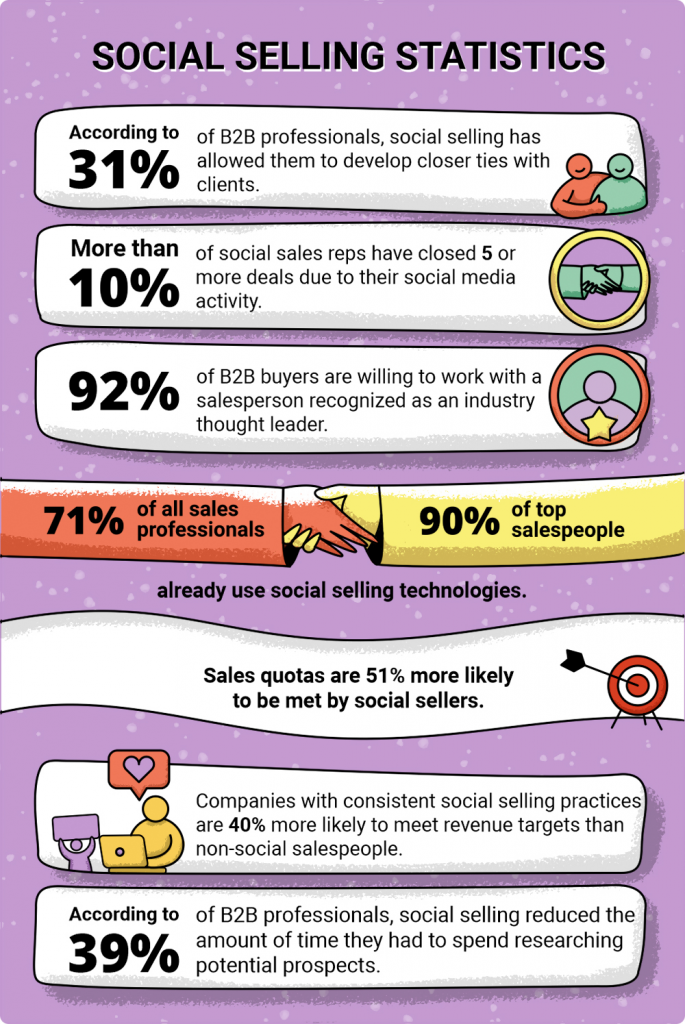
Why is social selling more suitable for B2B than B2C?
B2C companies sell products that are not as expensive as B2B solutions, so social selling is not practical. This method is designed for deep personalization. Suppose a product or service has an average or low selling price. In that case, social selling will only lead to unnecessarily expensive leads.
This sales technique works best for products that start at thousands of dollars. Expensive deals are always about communication and personal relationships.
How does selling on social media work?
There are conflicting opinions about which network is the most effective for selling products and services. Before you start, it’s worth finding out which social media networks your potential customers are active on and focus on them.
What should be done next?
1. Create an expert profile. It should be clear to people what kind of person you are, from which company, and how you can provide value to your clients.
The profile should consist of:
- Expert’s real first and last names, profile picture, contact information, and work experience.
- Business cover photo (high-quality and perfectly optimized!).
- Intro where you can share your successes, what you are proud of, and what you have achieved.
- A personalized URL that’s easy to remember and type in the search bar.
- The availability of options to subscribe to the expert’s page or add them as friends.
- Valuable multimedia content that proves you are an opinion leader in your niche.
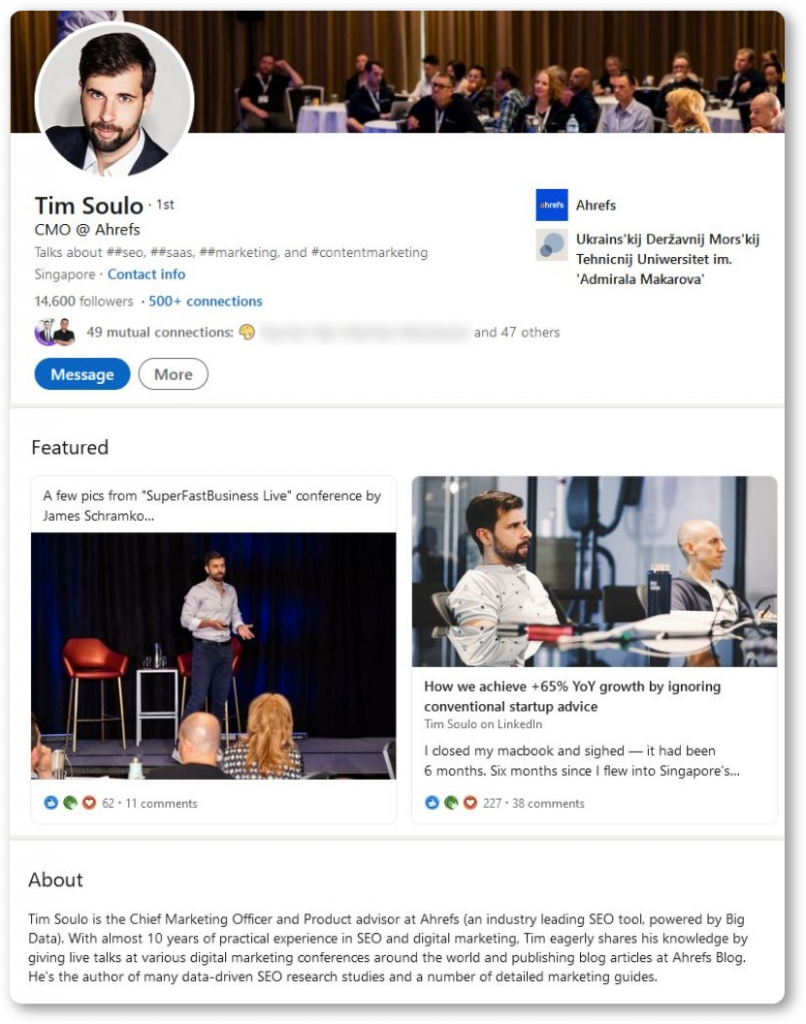
2. Conduct a competitive analysis. Research how social selling works for companies in the same industry and then decide how your approach will differ from your competitors and what your strengths and weaknesses are.
3. Explore the filtering capabilities of different social networks.
4. Look for groups that match your business interests and subscribe to niche news.
5. Subscribe to the personal pages of industry leaders.
6. Go online at least once a day. If you’ve announced a promotion, you need to log into the account more often — 4 times a day — to check your subscribers’ engagement.
7. Post the right content that will attract leads, not repel them. Add personal posts (e.g., stories about your hobbies), as well. You might ask, what are they for? When people see not only the professional side of a specialist but also the personal side, the expert profile looks more credible.
8. Build your target audience. B2B companies usually have a narrow audience: the client is interested in a specific list of industries or only companies of a certain size. Your task is to find people that match this description.
9. Use mutual acquaintances to turn cold contacts into warm leads.
And remember: social selling strategies primarily rely on building trust with your audience. And as your company’s online influence grows, the potential for selling opportunities will skyrocket too.
Top 7 tools for social selling
LinkedIn Sales Navigator
This tool is enriched with advanced search filters that allow you to get a detailed overview of your target audience and improve your sales processes. And that’s not all! LinkedIn Sales Navigator also gives you lead recommendations, provides an opportunity to reach out to leads via InMail messages, and makes connecting with potential customers in a specific location easier.
FollowerWonk
Twitter is a goldmine for finding leads, and FollowerWonk takes you one step further with detailed Twitter analytics. This allows you to conduct targeted searches to find specific keywords in a user’s bio.
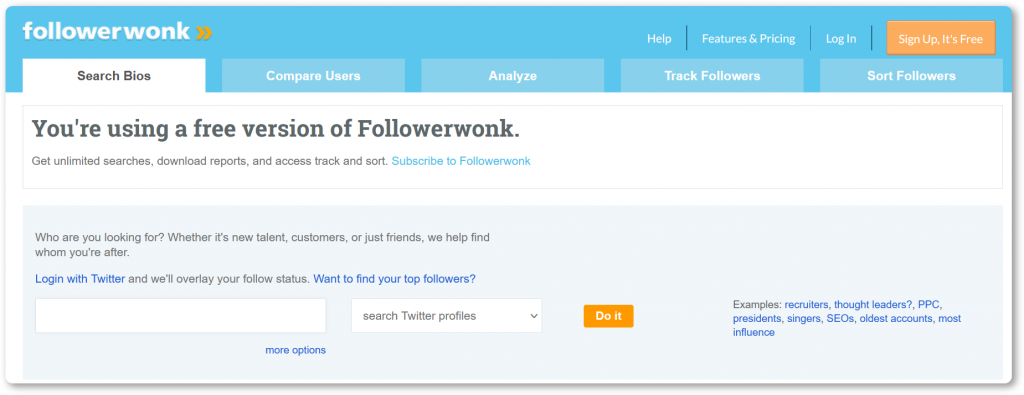
Snov.io Email Finder
Do you want to collect the email addresses of employees from a specific company? It’s easy if you have a domain of the company you’re interested in. Or its profile on a social network! Or employees’ social media pages! Snov.io Email Finder will help you with that. Use this feature to add quality contacts to your sales funnel.

You can learn more about how to use the tool here.
GetProspect
With GetProspect, a lead search tool, you can simply enter search criteria for the email extractor to retrieve information such as corporate emails, job titles, LinkedIn profile URLs, company names, industries, websites, and so on. You can add this data to your contact list and build an incredible lead network.
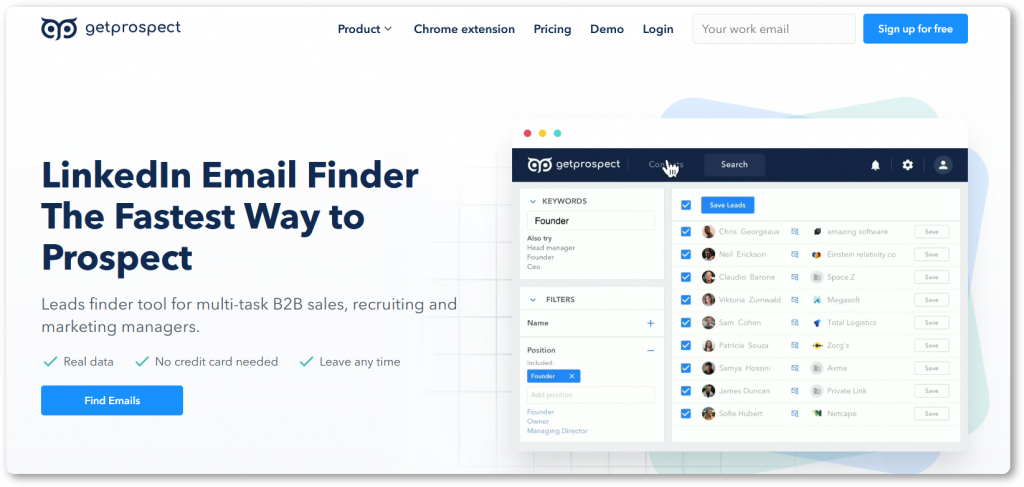
Ahrefs
Ahrefs is an exceptional research tool for creating engaging content. You can simply enter keywords and get a list of popular articles based on their online performance.
The tool collects statistics such as social search, organic traffic, referring domains, etc. to measure the performance of a piece of information, giving you a deeper insight into how interesting a given topic is to a particular audience.
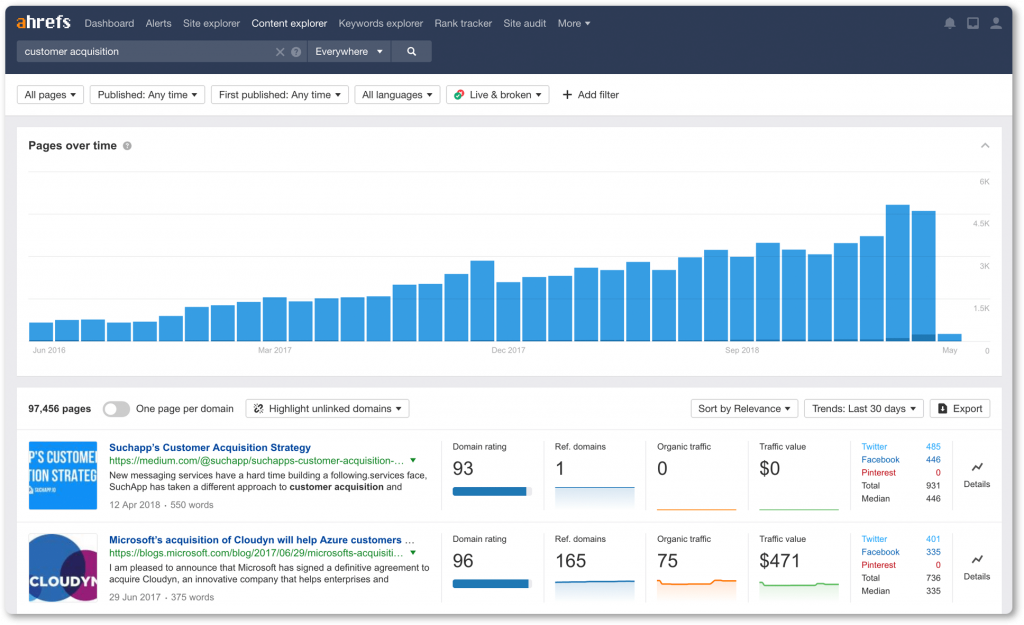
Buffer
This social content distribution tool allows you to schedule posts on major social networks like Twitter, Facebook, and LinkedIn. What makes it popular with experts is its easy-to-use interface and efficiency.
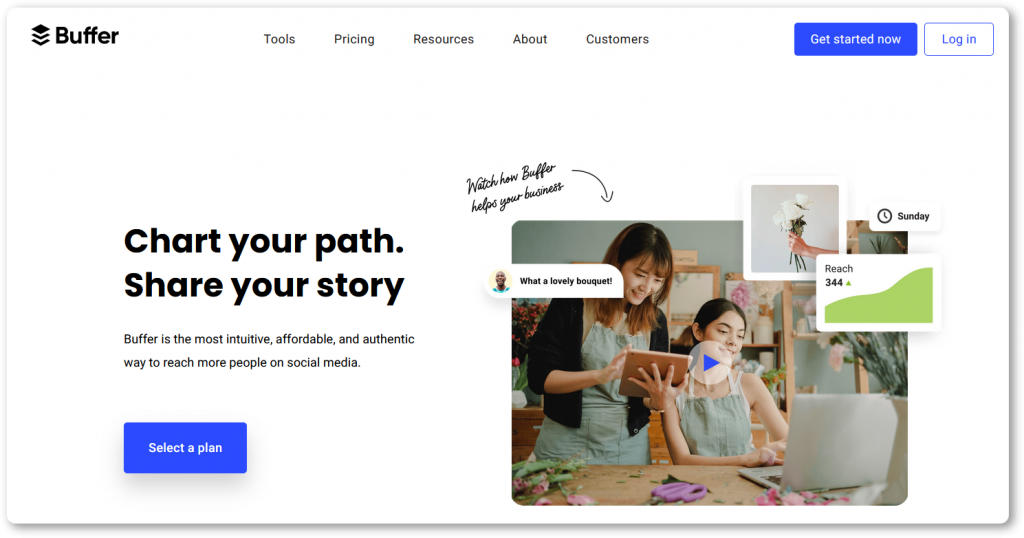
Wrapping up
Selling via social media is not an easy task. It’s impossible to get the results you are aiming for in a short time. It would help if you have a good strategy coupled with proper implementation to keep your social media sales index on top. Also, stock up on automation tools to help you get whatever you want!
Good luck!
















